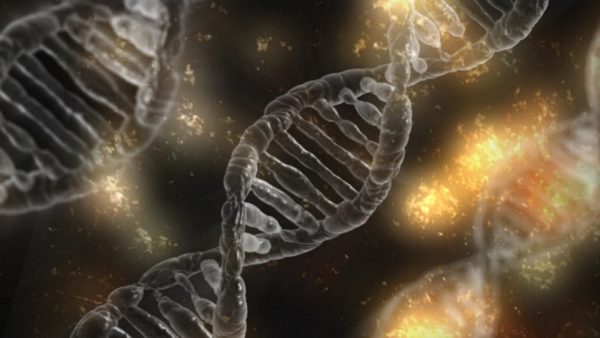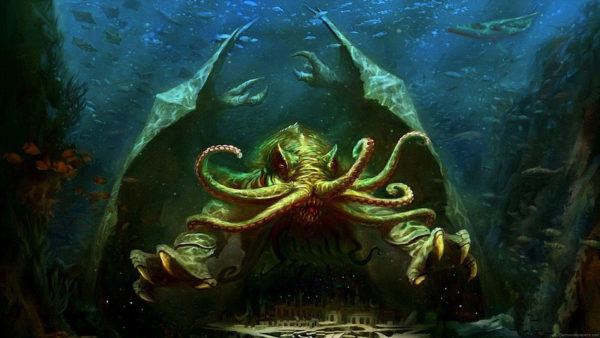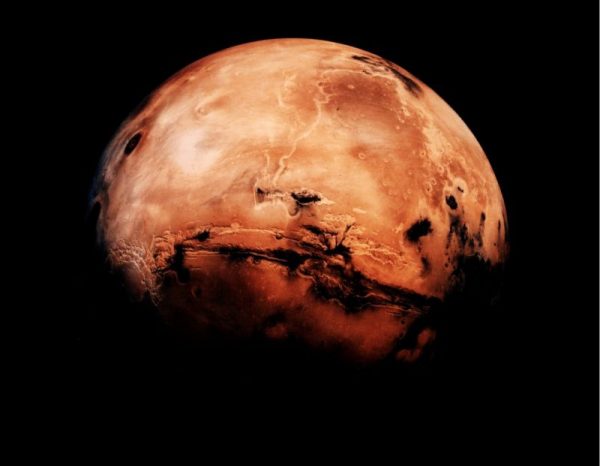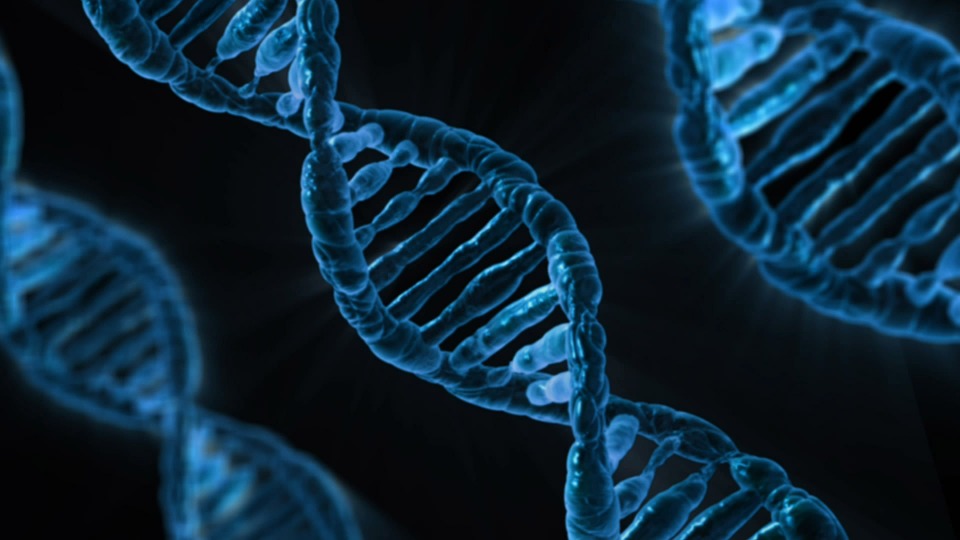SCIENCE: Are There Creativity Genes?
Creativity could be one of the main reasons Homo sapiens survived and dominated over related species such as Neanderthals and chimpanzees, according to a new study. The idea that creativity may have given Homo sapiens a survival edge over Neanderthals has been around a long time, said senior author Dr. Claude Robert Cloninger, a professor emeritus in the psychiatry and genetics departments at Washington University in St. Louis. But that’s a tricky case to prove, as we still don’t know how creative Neanderthals actually were, he said. “The problem with evaluating creativity in extinct species is, of course, you can’t … Read more












